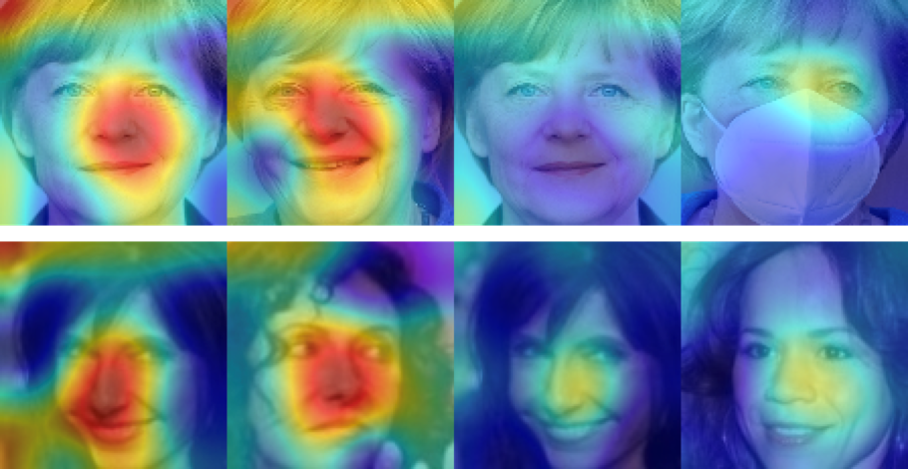
Special Session @ Conference on Content-based Multimedia Indexing (CBMI 2023)

The rise of machine learning approaches, and in particular deep learning, has led to a significant increase in the performance of AI systems. However, it has also raised the question of the reliability and explicability of their predictions for decision-making (e.g., the black-box issue of the deep models). Such shortcomings also raise many ethical and political concerns that prevent wider adoption of this potentially highly beneficial technology, especially in critical areas, such as healthcare, self-driving cars or security. It is therefore critical to understand how their predictions correlate with information perception and expert decision-making. The objective of eXplainable AI (XAI) is to open this black box by proposing methods to understand and explain how these systems produce their decisions.
Among the multitude of relevant multimedia data, face information is an important feature when indexing image and video content containing humans. Annotations based on faces span from the presence of faces (and thus persons), over localizing and tracking them, analyzing features (e.g., determining whether a person is speaking) to the identification of persons from a pool of potential candidates or the verification of assumed identities. Unlike many other types of metadata or features commonly used in multimedia applications, the analysis of faces affects sensitive personal information. This raises both legal issues, e.g. concerning data protection and regulations in the emerging European AI regulation, as well as ethical issues, related to potential bias in the system or misuse of these technologies.
This special session focuses on AI-based explainability technologies in multimedia analysis, and in particular on:
This special session aims at collecting scientific contributions that will help improve trust and transparency of multimedia analysis systems with important benefits for society as a whole.
We invite the submission of long papers describing novel methods or their adaptation to specific applications or short papers describing emerging work or open challenges. The review process is single-blind, i.e. submissions do not need to be anonymized.
CBMI uses a single blind review process, i.e. papers do not need to be anonymized.
The abstract and the keywords form the primary source for assigning papers to reviewers. So make sure that they are a concise and complete summary of your paper with sufficient information to let someone who doesn’t read the full paper know what it is about.
Paper lengths:
See https://cbmi2023.org/paper-submission/ for more information.